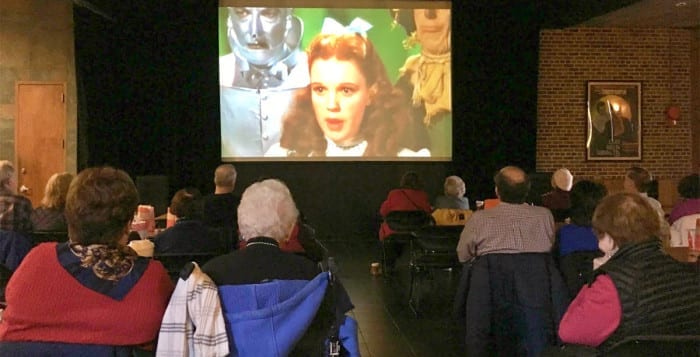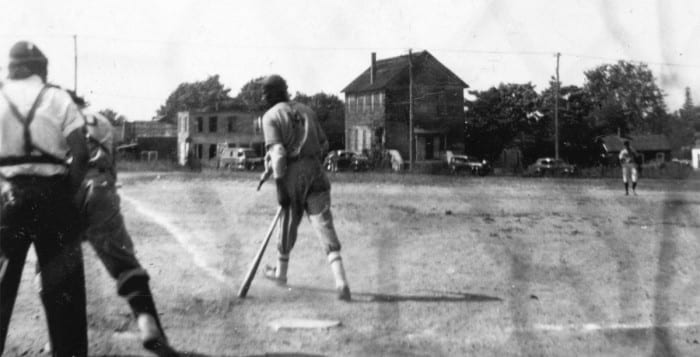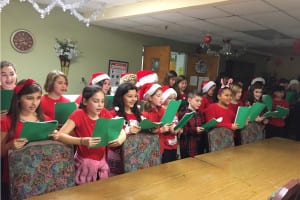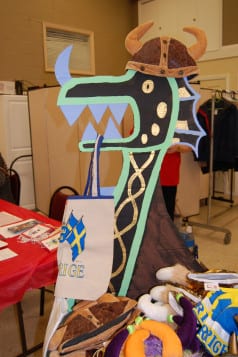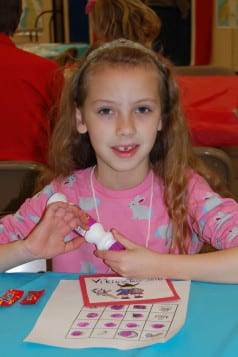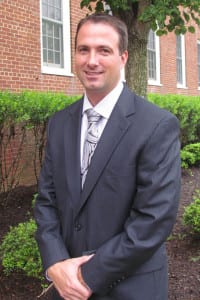Huntington’s Cinema Arts Centre is taking residents with dementia down memory lane with its innovative and unique program series titled Making Memories at the Movies.
The community-based event, which social worker Marcy Rhodes established last year and which returns on Monday, March 21, targets people living with dementia as well as their care partners. While the event helps these residents socialize with others, it has also helped many of them remember parts of their past.
“The idea is to invite people with dementia and their care partners into a creative environment where they have an opportunity to relate to the arts, and to engage in conversation and be inspired by the art,” said Rhodes.
Rhodes screens clips of six to eight iconic old movies or television shows that attendees may have seen during their youth. With winter winding down and spring on the way, the theme of next Monday’s program is Springtime. The event will feature clips of films like “Singin’ in the Rain.” Rhodes also mentioned “Easter Parade” as a film option before she finalized clips for the upcoming show.
She hesitated to disclose the names of all the clips as participants try to identify the film or TV show. Many of these clips include musical numbers as music helps people connect with one another, Rhodes said.
“People really get into it. They laugh, they talk, they share memories,” said the CAC’s director of publicity, Raj Tawney. “It’s just a really wonderful experience to watch.”
The Cinema Arts Centre is just one of a few places in the Town of Huntington that offers this program. While the Whaling Museum and Education Center of Cold Spring Harbor started offering a similar program in December of last year, the Heckscher Museum of Art established its program three years ago. Rhodes said word of the program spread among close-knit organizations like the CAC and museums.
Although Rhodes started the CAC’s Making Memories program, the concept of the program originated in Boston and has become an international effort that has extended from The Museum of Modern Art in New York City to the Louvre in Paris and Art Institute in Australia.
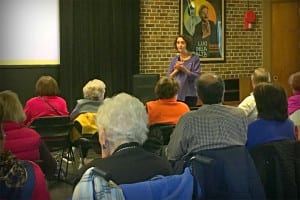
“It’s a social opportunity for people [with dementia] and their care partners to engage in an activity that is typical,” Rhodes said.
According to Tawney, many of these residents living with dementia rarely leave their homes, which further affects their mental health.
“Their minds can deteriorate if they go unsocialized,” Tawney said. “So when they come here, they get to see movies, they get to have a conversation with each other. It’s a very interactive program.”
Community members with dementia and their care partners can register for Making Memories at the Movies on March 21 at 11 a.m. at the Cinema Arts Centre, 423 Park Ave., Huntington, by calling 631-423-7611. Admission is $5 per person. Popcorn and beverages will be served.
Residents who can’t make Monday’s program will have another chance to challenge their memories on May 23 and July 25 at 11 a.m.

